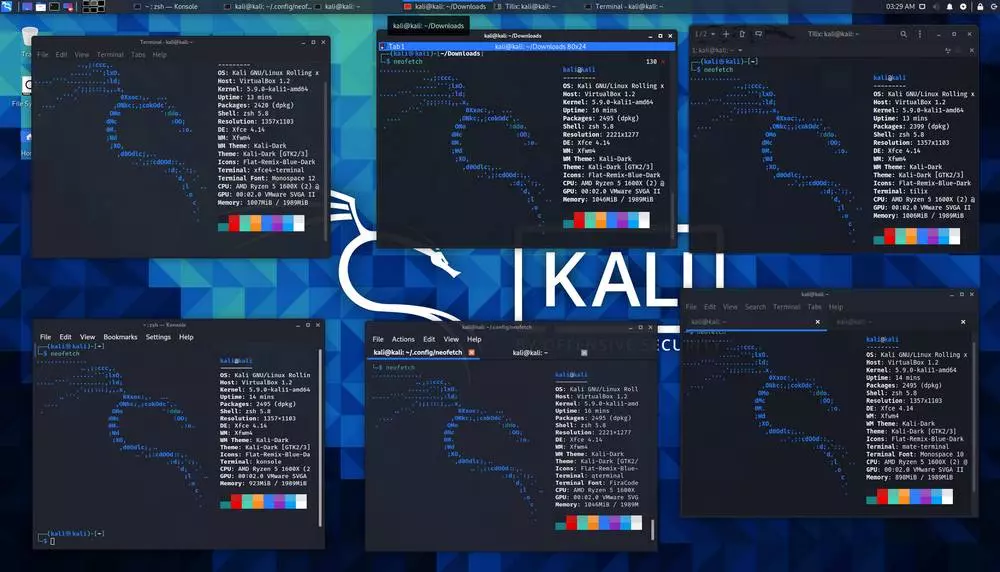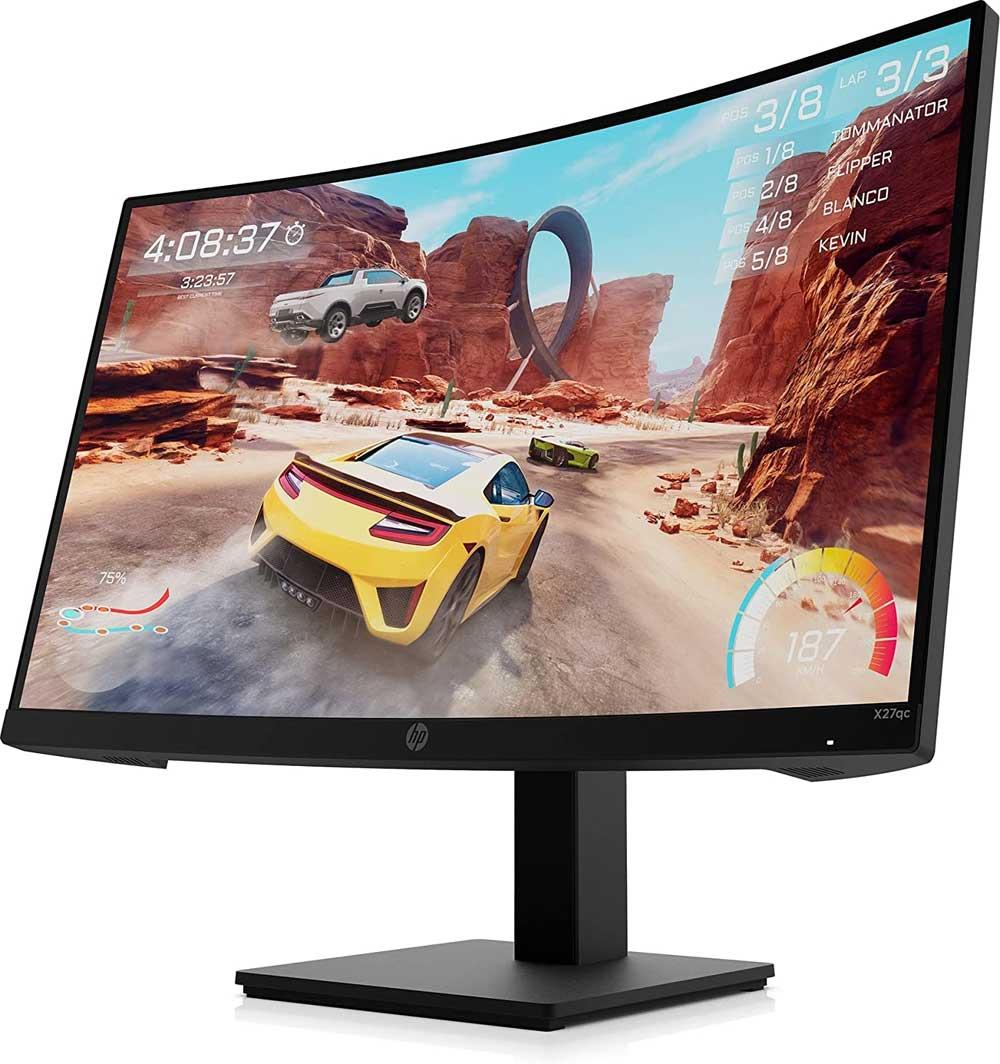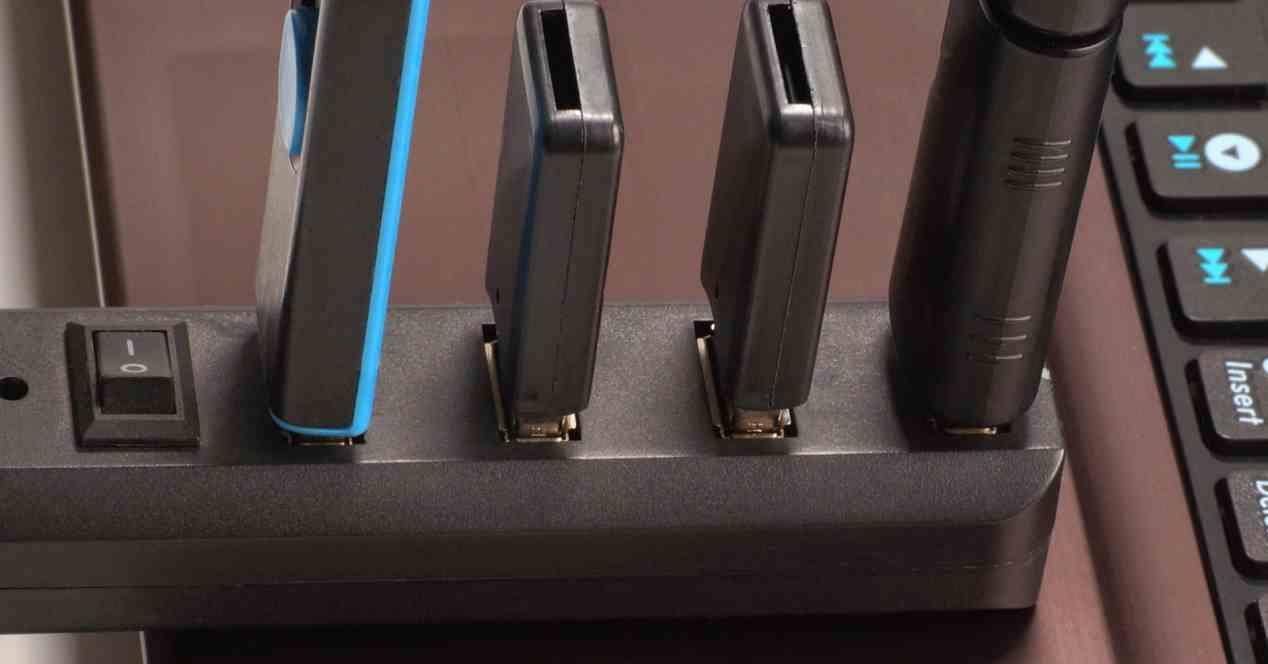
Whether for privacy reasons, for the high resource consumption from the computer, for UWP apps, or for many other reasons, Windows gets a lot of flak. Hence, many users prefer to try and use an open source operating system that can meet their needs. There are many Linux distributions that we can choose from to install on our computer. In addition, we must take into account that the developers of these in recent times have tried to greatly simplify their projects.
With this, what we want to tell you is that one of the objectives of these creators is to get their Linux to a larger number of people. Therefore, today many of these distributions are perfectly accessible even to users who do not have much experience in these matters. Thus, we are spoiled for choice in this field of open source software. Prior to definitely install a distro on your computer, it is recommended that we take a look at it beforehand. This will allow us to make sure that it offers us what we really need and that we can work with its interface in an easy way.
We have at hand several solutions that can help us to carry out these tests, all prior to a final installation of the system on our computer. For example, it may be the case that we want to take a first-hand look at one of the most popular distributions, the one mentioned KaliLinux.
Try Kali Linux before installing it on PC
One of the most common solutions is to run the Linux distribution that we are interested in seeing, in this case Kali Linux, is from a USB stick. The first thing will be to configure the computer’s BIOS so that it prioritizes booting from the USB port, of course. However, we must also bear in mind that not all Linux distributions allow us to carry out this type of task.
Specifically, we are referring to the possibility of running the open source operating system from a USB stick on our PC, without having to install it. That way we can test the operating system without touching the one we currently have installed, which will generally be Windows. In order to do this, we need its developers to make a Live version available to us that we can load onto a USB stick. We will have to prepare this previously, for example, with the Rufus software, and run the system from it. As an example we will say that the popular Ubuntu allows us to do this in a simple way, that is, run and test from a USB.
However, Kali Linux, which is the case that interests us here, allows us to do something similar, but in a more limited way. What we want to tell you is that we can boot and run system like this, but we will only have access through the Terminal. This means that we can test the system, but without a graphical interface, which can be useful, but only for some.
Of course, if necessary and if we want to test the system in its entirety, we have the possibility of install the ISO in a virtual machine. All this using a program like VirtualBox.



